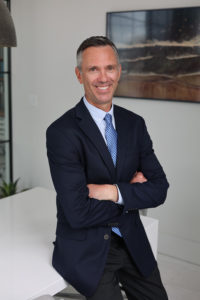
Dentistry is one of those things in life….as with most things…. that people view in different ways. Some are interested in their appearance, some are interested in their health, some both, and others none of the above. A major role of health care providers is to make patients aware of the possibilities to improve their quality of life. When our services are perceived as a commodity, expectations are often not achieved.
Dentists play a key role in screening patients for many disorders relative to nutrition and in providing appropriate referrals into the health care system. Although the importance of integrating diet and nutrition guidance into dental care has been advocated for decades by educators, it… (Read More)









